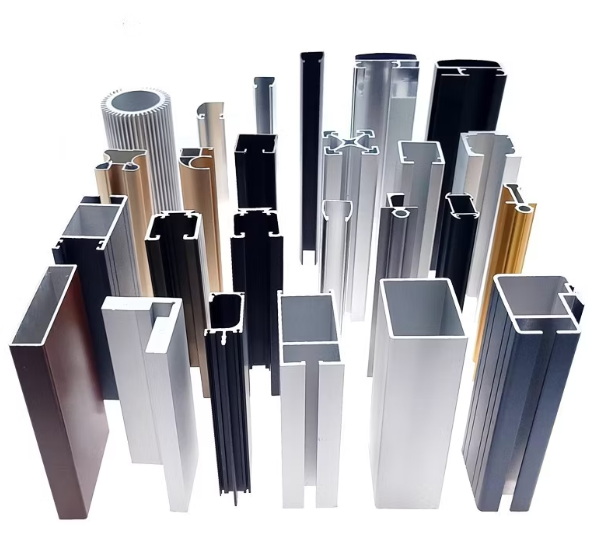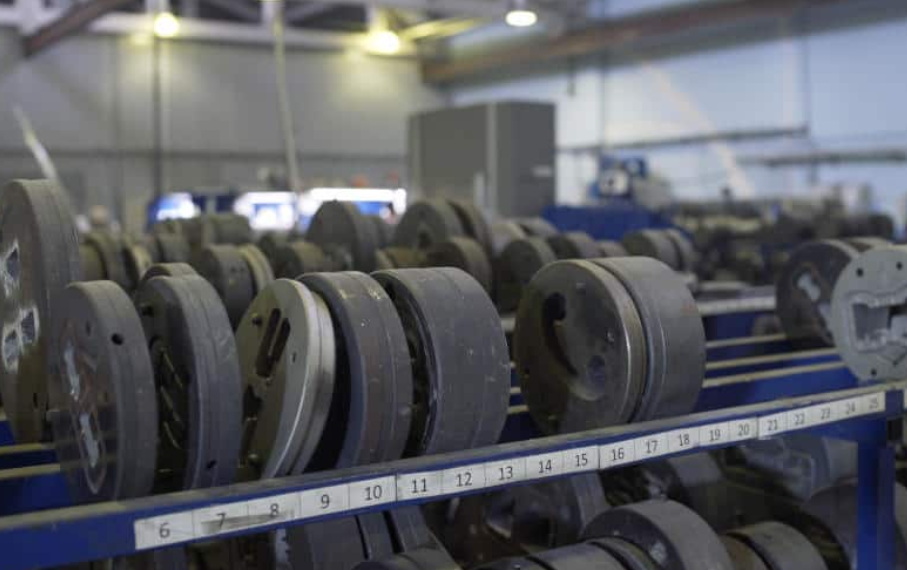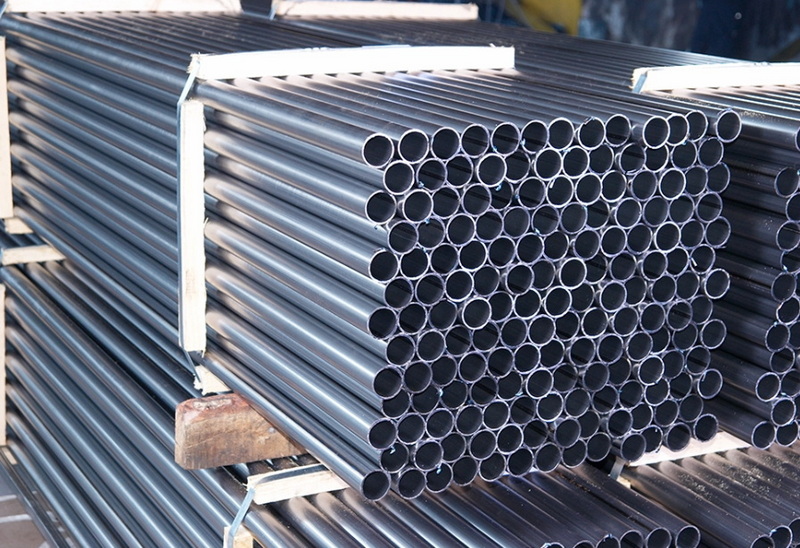Content Menu
>> Understanding Aluminum Extrusion
● Importance of Die Design
● Key Factors in Aluminum Extrusion Die Design
● Visual Representation of Die Design
● Conclusion
● FAQ
>> 1. What materials are typically used for aluminum extrusion dies?
>> 2. How does die geometry affect aluminum extrusion?
>> 3. Why is thermal management important in die design?
>> 4. What role does simulation play in die design?
>> 5. How can I ensure uniform metal flow through a die?
Aluminum extrusion is a highly versatile manufacturing process that allows for the creation of complex shapes and profiles from aluminum alloys. Central to this process is the aluminum extrusion die, which plays a pivotal role in determining the quality, efficiency, and cost-effectiveness of the final product. In this article, we will explore the key factors involved in aluminum extrusion die design, highlighting the importance of each element in achieving optimal results.

Understanding Aluminum Extrusion
Aluminum extrusion involves forcing heated aluminum alloy through a die with a specific cross-sectional profile. As the molten aluminum is pushed through the die by a hydraulic ram, it takes on the shape of the die opening. This process is not only efficient but also allows for a wide range of shapes, from simple rods to complex hollow profiles.
The versatility of aluminum extrusion makes it an ideal choice for various industries, including automotive, aerospace, construction, and consumer goods. The ability to create lightweight yet strong components is particularly valuable in sectors where weight reduction is crucial for performance and fuel efficiency.
Importance of Die Design
The design of an aluminum extrusion die is crucial for several reasons:
- Profile Accuracy: The die must accurately reflect the desired profile shape to ensure that the final product meets specifications.
- Material Flow: Proper die design facilitates uniform material flow, which is essential for maintaining consistent wall thickness and avoiding defects.
- Tooling Costs: A well-designed die can minimize tooling costs and production time by reducing the need for adjustments and rework.
- Production Efficiency: Effective die design can lead to faster cycle times and higher throughput, which are critical for meeting production demands.
Key Factors in Aluminum Extrusion Die Design
1. Die Geometry
The geometry of the die is one of the most critical factors influencing the extrusion process. Key considerations include:
- Cross-Section Shape: The shape of the die opening directly corresponds to the desired profile. Designers must consider how complex shapes can affect material flow and extrusion pressure.
- Taper Angles: Incorporating appropriate tapers can facilitate easier material flow and reduce friction within the die. A well-designed taper can help minimize pressure buildup during extrusion.
- Wall Thickness: Maintaining balanced wall thickness throughout the profile helps prevent issues such as warping or cracking during extrusion. Designers often use computer-aided design (CAD) tools to simulate how different wall thicknesses will perform during production.
2. Material Selection
The choice of materials for both the die and its components significantly impacts performance:
- Die Material: High-quality tool steels, such as H13 or H26, are commonly used due to their excellent thermal conductivity and wear resistance. These materials can withstand high temperatures and pressures without deforming.
- Surface Treatments: Applying coatings or surface treatments like nitriding can enhance durability and reduce friction, leading to improved die life. Surface treatments can also help prevent oxidation and corrosion during use.
3. Precision Machining
Precision machining techniques are essential for achieving tight tolerances and smooth surfaces on dies. This ensures that:
- The die maintains its intended geometry throughout its lifespan.
- The flow of aluminum is consistent, minimizing defects in the extruded profiles.
Advanced machining technologies such as CNC (Computer Numerical Control) milling and EDM (Electrical Discharge Machining) are often employed to achieve these high precision levels.
4. Thermal Management
Effective thermal management within the die is crucial for maintaining consistent extrusion quality:
- Temperature Control: The temperature of both the aluminum billet and the die affects material flow characteristics. Proper heating techniques must be employed to ensure optimal plasticity during extrusion. Preheating billets before extrusion can enhance flow characteristics.
- Cooling Systems: Incorporating cooling channels within the die can help manage temperature variations during production, preventing defects such as thermal cracking. Cooling systems can also help control die wear by reducing temperature gradients that lead to stress concentrations.
5. Simulation and Testing
Before finalizing a die design, engineers often use simulation software to predict how it will perform during actual extrusion:
- Finite Element Analysis (FEA): This technique allows designers to analyze stress distribution and identify potential failure points in the die structure. FEA helps optimize designs by simulating various loading conditions.
- Prototype Testing: Creating prototypes enables manufacturers to test various designs under real-world conditions, making necessary adjustments before full-scale production. This iterative process helps refine designs based on empirical data.
6. Flow Optimization
Ensuring uniform metal flow through the die is vital for producing high-quality extrusions:
- Flow Channels: Designing flow channels within the die can help direct material evenly across all sections of the profile. Optimizing these channels ensures that all areas receive adequate material without excessive pressure buildup.
- Bearing Lengths: Adjusting bearing lengths can influence how quickly different areas of the profile exit the die, ensuring consistency across wall thicknesses. Longer bearings may be used for more complex shapes to stabilize flow.
7. Die Strength Verification
Given the high pressures involved in aluminum extrusion (often exceeding 15,000 tons), verifying die strength is critical:
- Engineers must calculate shear, bending, and compression strengths to ensure that dies can withstand operational stresses without failure. This involves using advanced materials science principles to select appropriate materials and geometries that minimize deformation under load.
8. Cost Considerations
While designing an effective aluminum extrusion die involves many technical factors, cost considerations cannot be overlooked:
- Initial Investment vs. Long-Term Savings: Although high-quality materials and precision machining may increase initial costs, they often lead to long-term savings through reduced downtime and longer tool life.
- Production Volume Impact: For high-volume production runs, investing in more durable dies may be justified due to lower per-unit costs over time compared to cheaper alternatives that require frequent replacement or repair.
9. Environmental Considerations
Modern manufacturing processes are increasingly focused on sustainability:
- Recyclability of Materials: Aluminum itself is highly recyclable, which adds an environmental benefit when designing dies that facilitate efficient recycling processes post-extrusion.
- Energy Efficiency: Designing dies that optimize thermal management can reduce energy consumption during production, contributing to overall sustainability goals within manufacturing operations.

Visual Representation of Die Design
To better illustrate these concepts, consider incorporating diagrams that depict:
- The anatomy of an aluminum extrusion die.
- Flow paths within a typical die.
- Examples of various cross-sectional profiles produced through different dies.
- Charts showing temperature profiles during extrusion processes.
- Images comparing different types of surface treatments applied to dies.
Conclusion
Aluminum extrusion die design is a multifaceted process that requires careful consideration of various factors to ensure successful outcomes. From geometry and material selection to precision machining and thermal management, each element plays a vital role in producing high-quality extrusions efficiently and cost-effectively. By understanding these key factors, manufacturers can optimize their processes and meet diverse customer needs effectively while also considering environmental impacts.
As industries continue to evolve towards more sustainable practices, aluminum extrusion remains at the forefront due to its inherent recyclability and versatility in application across multiple sectors. Manufacturers who invest in innovative die design will not only enhance their production capabilities but also contribute positively towards a more sustainable future.

FAQ
1. What materials are typically used for aluminum extrusion dies?
Aluminum extrusion dies are commonly made from high-quality tool steels like H13 or H26 due to their excellent thermal conductivity and wear resistance.
2. How does die geometry affect aluminum extrusion?
The geometry of an aluminum extrusion die influences material flow, profile accuracy, and overall production efficiency. Proper design ensures uniform wall thickness and reduces defects.
3. Why is thermal management important in die design?
Effective thermal management maintains consistent temperatures during extrusion, preventing defects such as thermal cracking and ensuring optimal material flow characteristics.
4. What role does simulation play in die design?
Simulation techniques like Finite Element Analysis (FEA) allow engineers to predict how a die will perform under operational stresses, helping identify potential issues before manufacturing begins.
5. How can I ensure uniform metal flow through a die?
Designing appropriate flow channels within the die and adjusting bearing lengths can help achieve uniform metal flow, resulting in consistent quality across extruded profiles.






















